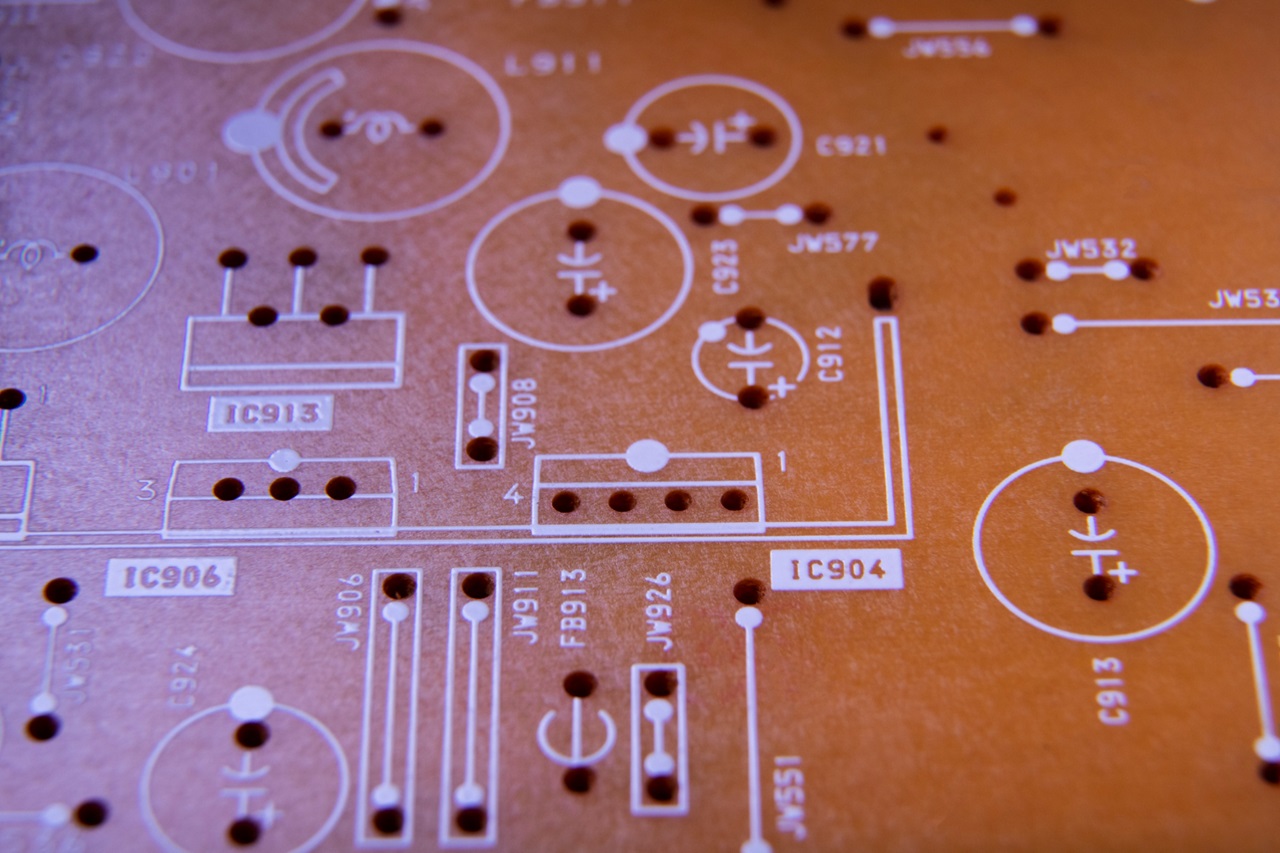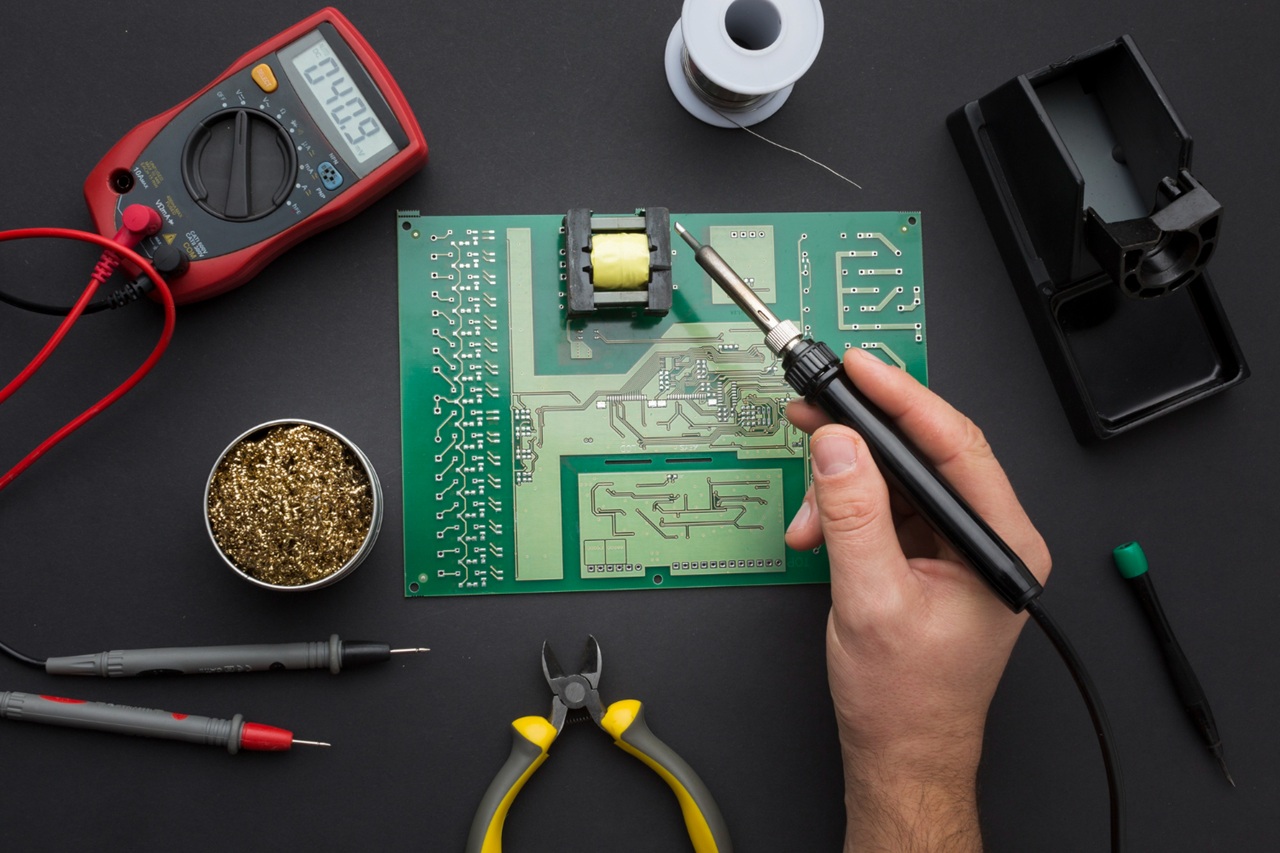Wireless Wonders: An Introduction to Building RF Circuits
Wireless technology has revolutionized the way we live, from streaming music on Bluetooth headphones to connecting smart home devices through Wi-Fi. At the heart of these innovations are RF (radio frequency) circuits, which enable devices to communicate without wires. If you’ve ever wondered how these circuits work—or dreamed of building one yourself—you’re in the right place.
In this post, we’ll introduce you to the fascinating world of RF circuits. Whether you’re a beginner or an intermediate tinkerer, you’ll learn what RF circuits are, how they work, and how to get started building your own. By the end, you’ll be ready to dive into wireless projects that bring your ideas to life.
What Are RF Circuits?
RF circuits are electronic circuits designed to transmit and receive radio waves. These waves carry information—like audio, video, or data—over distances without the need for physical connections.
Think of RF circuits as the backbone of technologies like:
- Bluetooth and Wi-Fi
- Radio and TV broadcasting
- Remote controls
- GPS systems
What sets RF circuits apart from regular circuits is their ability to handle high-frequency signals, often in the range of kilohertz (kHz) to gigahertz (GHz). This makes them both powerful and slightly more challenging to design.
Why Learn to Build RF Circuits?
Building RF circuits is like opening the door to endless possibilities in wireless technology. Here are a few reasons to dive in:
- Practical Skills: Learn how wireless communication works and apply it to your own projects.
- Fun Projects: Build things like walkie-talkies, remote-controlled gadgets, or even basic radio transmitters.
- Innovation: Once you grasp the basics, you can create custom wireless solutions tailored to your needs.
Getting Started with RF Circuits
Before you dive into building, it’s essential to understand the key components and tools involved in RF circuit design.
1. Core Components
Here’s a quick rundown of the essential parts of an RF circuit:
- Oscillators: Generate the high-frequency signals used for transmission.
- Amplifiers: Boost the strength of the signals.
- Filters: Remove unwanted frequencies, ensuring clean transmission and reception.
- Antennas: Convert electrical signals into radio waves (and vice versa).
2. Tools You’ll Need
To build and test RF circuits, you’ll need some basic tools:
- Soldering Kit: Essential for assembling components on a PCB.
- Multimeter: For basic electrical measurements.
- Spectrum Analyzer: Helps you visualize and analyze RF signals.
- Signal Generator: Generates test signals for debugging and tuning.
Step-by-Step: Building a Simple RF Transmitter
Let’s walk through a beginner-friendly project: a simple RF transmitter that can send signals over a short distance.
What You’ll Need:
- RF oscillator (e.g., a crystal oscillator module)
- Transistor (e.g., 2N2222)
- Resistors and capacitors
- Breadboard or PCB
- Antenna (a simple wire will do for this project)
- Battery or power source
Step 1: Understand the Circuit Design
The RF transmitter will use an oscillator to generate a high-frequency signal. A transistor acts as an amplifier to boost the signal strength, and the antenna transmits the signal as radio waves.
Sketch out a circuit diagram or follow one from an online tutorial. Keep it simple to avoid confusion.
Step 2: Assemble the Circuit
- Set up the Oscillator: Place the oscillator module on your breadboard. This will serve as the signal source.
- Add the Transistor Amplifier: Connect the transistor to amplify the signal from the oscillator. Use resistors to set the proper biasing for the transistor.
- Connect the Antenna: Attach a piece of wire to the output of the amplifier. This acts as your antenna.
- Power It Up: Use a battery or a DC power supply to energize the circuit.
Pro Tip: Keep your connections short and neat. Long wires can introduce interference and affect performance.
Step 3: Test the Circuit
Before you start transmitting, test your circuit:
- Use a multimeter to check for proper voltage levels.
- Verify that the oscillator is generating the desired frequency.
- Use a nearby radio receiver to detect the transmitted signal.
Anecdote: When I built my first RF transmitter, I couldn’t hear anything on the receiver at first. After some troubleshooting, I realized my antenna was too short. Extending it made all the difference, and I finally heard the signal—a satisfying “Eureka!” moment.
Common Challenges and How to Overcome Them
Building RF circuits can be tricky, but don’t let that discourage you. Here are some common hurdles and tips to tackle them:
- Signal Interference:
RF signals can be affected by noise from nearby devices. Use shielding and filters to minimize interference. - Weak Signal:
If your signal isn’t strong enough, check the amplifier stage. Ensure the transistor is properly biased and that the antenna is optimized for your frequency. - Frequency Drift:
High-frequency signals can be unstable. Using a crystal oscillator can improve frequency stability.
Advanced RF Projects to Try
Once you’ve mastered the basics, here are a few ideas for more advanced projects:
- Wireless Doorbell: Build a transmitter-receiver pair for a simple doorbell system.
- FM Radio Transmitter: Send audio signals to an FM radio for short-range broadcasting.
- Remote-Controlled Car: Use RF circuits to control a motorized car.
- Weather Station: Transmit temperature and humidity data wirelessly using RF modules.
Tips for Success
- Start Small: Begin with simple circuits before tackling complex designs.
- Use Kits: RF circuit kits are a great way to learn without the hassle of sourcing components individually.
- Join a Community: Forums, online groups, and maker spaces are invaluable for advice and inspiration.
- Experiment: Try tweaking your circuits to see how changes affect performance. This hands-on approach is the best way to learn.
Why RF Circuits Are Worth the Effort
Building RF circuits is more than just a hobby—it’s a gateway to understanding the wireless world around us. From communicating across distances to creating smart devices, RF circuits have endless applications.
When I completed my first RF project, I felt like I’d unlocked a secret code to how modern technology works. That sense of accomplishment and curiosity continues to drive my passion for electronics.
Final Thoughts
RF circuits may seem daunting at first, but with the right guidance and a bit of patience, they’re incredibly rewarding to build. Start small, embrace the challenges, and let your imagination guide you toward exciting wireless projects.
So, grab your tools, pick a project, and get started on your RF journey. The airwaves are waiting!
Happy tinkering!




Post Comment